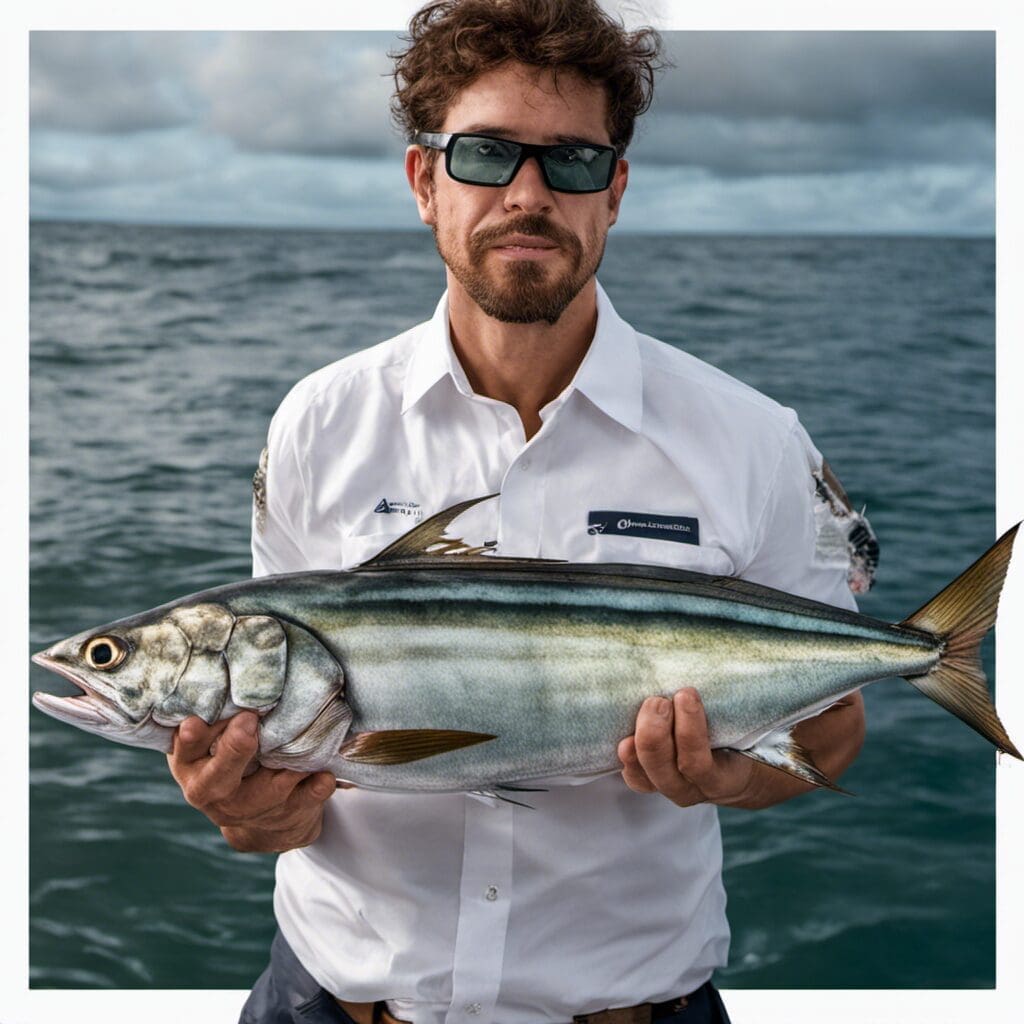Introduction
The Atlantic bonito, known scientifically as Sarda sarda, is a species of medium-sized, ray-finned predatory fish in the family Scombridae, better known as the mackerel family.
Conservation Status
Current Status: Least Concern. Conservation Efforts: Because Atlantic bonito are not considered threatened, conservation efforts are generally focused on sustainable fishing practices to maintain the population.
Statistics
| Statistic | Average | Range |
|---|---|---|
| Length | 60 cm | 40-80 cm |
| Weight | 4 kg | 2-5 kg |
| Average Lifespan | 6-8 years | – |
Distribution
Regions/Countries: Atlantic bonito can be found across the Atlantic Ocean, from Massachusetts to Florida in North America, and from Norway to South Africa in Europe and Africa. Migration Patterns: Atlantic bonito migrate annually between cooler northern waters in the summer and warmer southern waters in the winter.
Habitats
Water Type: Saltwater Depth Range: They are typically found near the surface to depths of 250m. Temperature Range: Preferred 17-21°C.
When and Where to See
Seasonal Patterns: Their migration patterns signify summer in northern waters and winter in southern waters. Time of Day: Most common sighted in early morning and late afternoon.
Best Fishing Locations
- North America: Vineyard Sound, Massachusetts, USA
- Europe: Strait of Gibraltar, Spain
- Africa: Benguela Current, South Africa
General Tips: Try looking for Atlantic bonito in areas where seabirds are diving for small baitfishes.
How to Catch
Preferred bait or lures: Small mackerel, squid, and sardines. Fishing techniques: Trolling and casting lures are ideal for catching Atlantic bonito. Best time of day or season for fishing: Morning and evening during summer are the ideal times.
Identification Guide
Physical Characteristics: Atlantic bonito have a streamline body, dark blue on top with silver undersides, and wavy stripes on the back. Comparison with Similar Species: They can be distinguished from other bonito species by their lack of teeth on their tongue.
Culinary
How to Cook: Grilling or baking is preferred for keeping the firm, flavorful meat moist. Taste Profile: Atlantic bonito has a rich, hearty flavor similar to tuna. Nutritional Information: Highly nutritious, rich in proteins and omega-3 fatty acids. Recipes: Grilled Bonito with Tomato and Onion Salad, Baked Bonito with Citrus and Herbs.
Additional Information
Behavior: Atlantic bonito typically travel in schools and feed on small fishes and squid. Predators and Threats: Natural predators include larger fish and cetaceans; human-induced threats include overfishing for the commercial and sport fishery industries. Cultural/ Historical Significance: Bonito have been a significant food source for surrounding coastal communities.
References and Further Reading
To learn more about the Atlantic bonito, the following sources are suggested:
- Fishes of the North-eastern Atlantic and the Mediterranean (FNAM) – FNAM website.
- FAO species catalogue – Volume 2. Scombrids of the world – FAO website.

